Our last blog post showed how to remove wooden stair treads. This post will show how to install the new treads, which were provided by L.J. Smith Stair Systems.
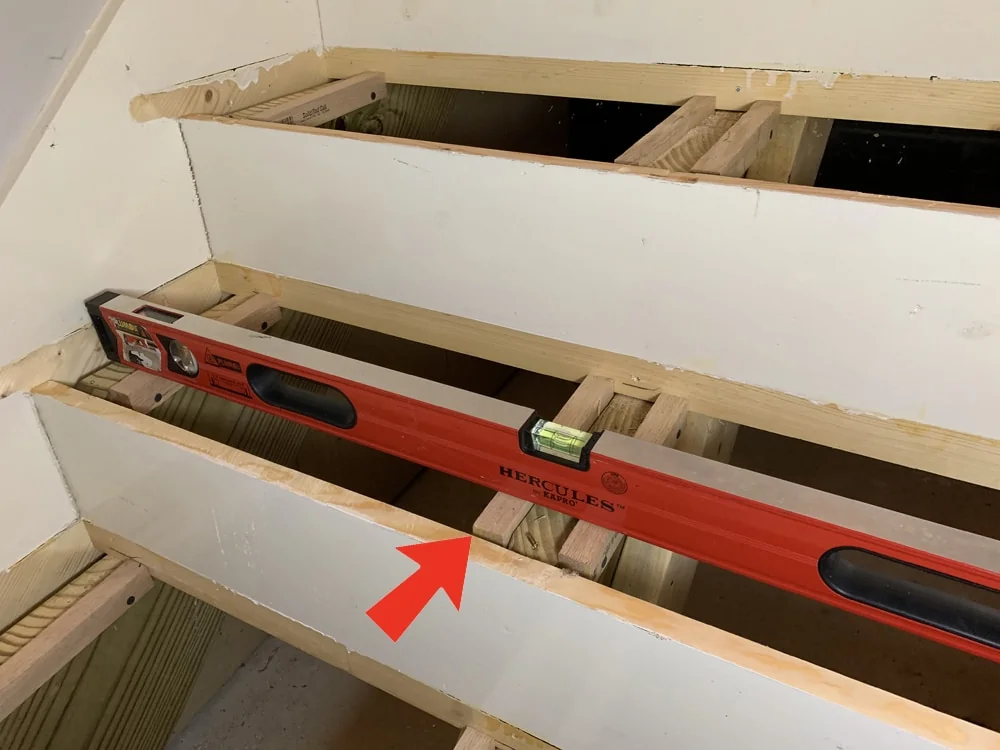
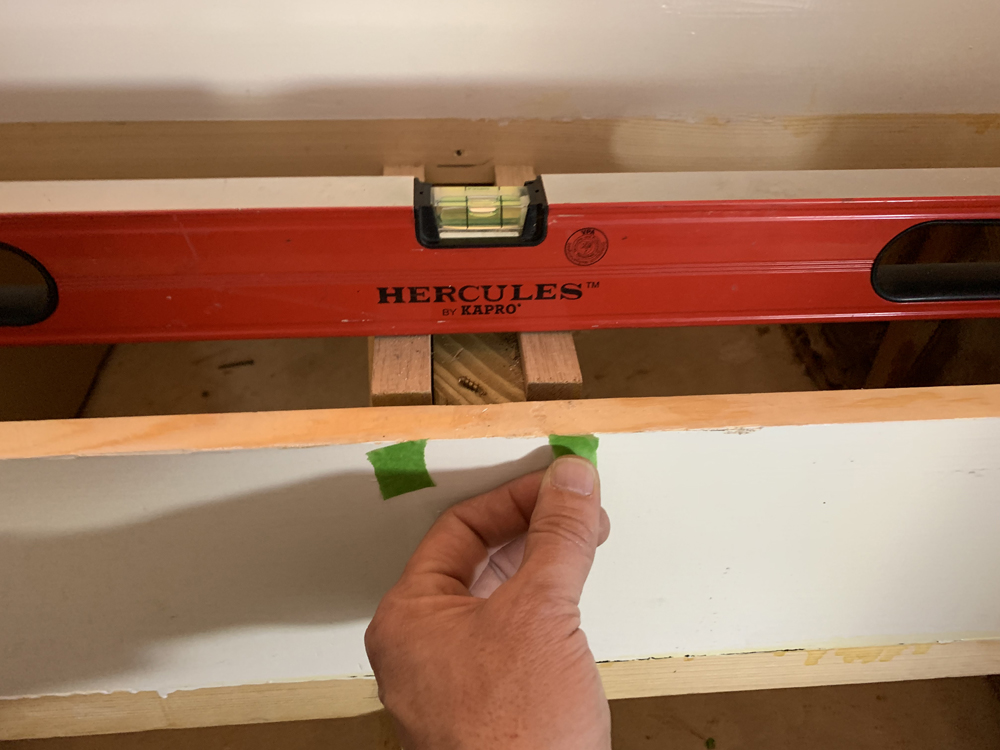


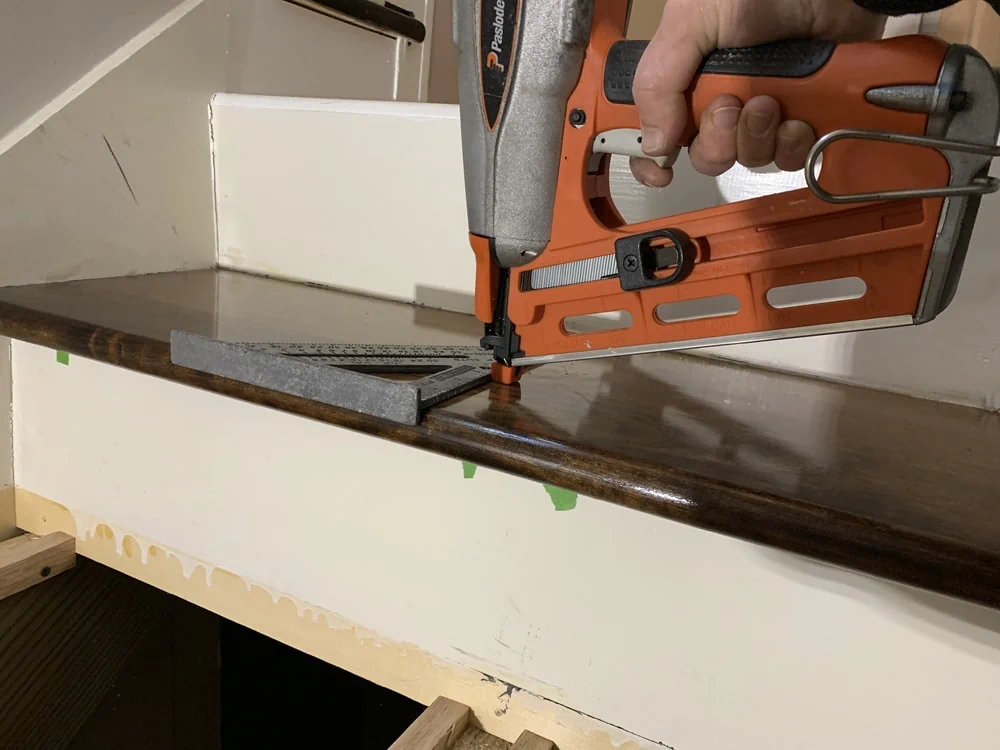
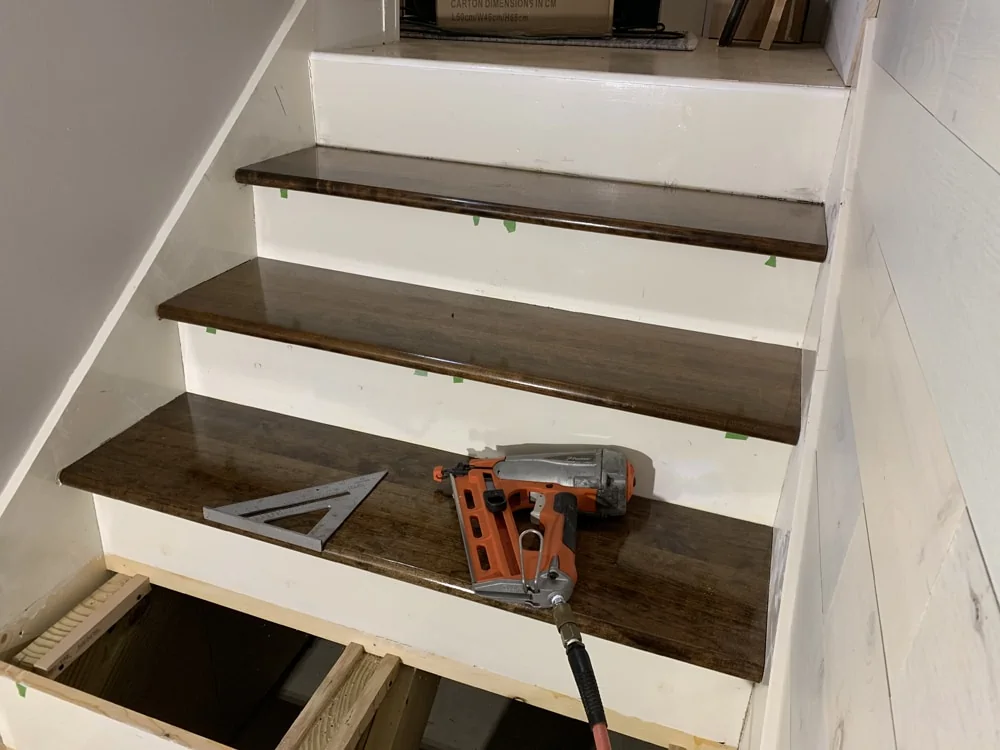
Home » Newest Articles » Stair Tread Installation
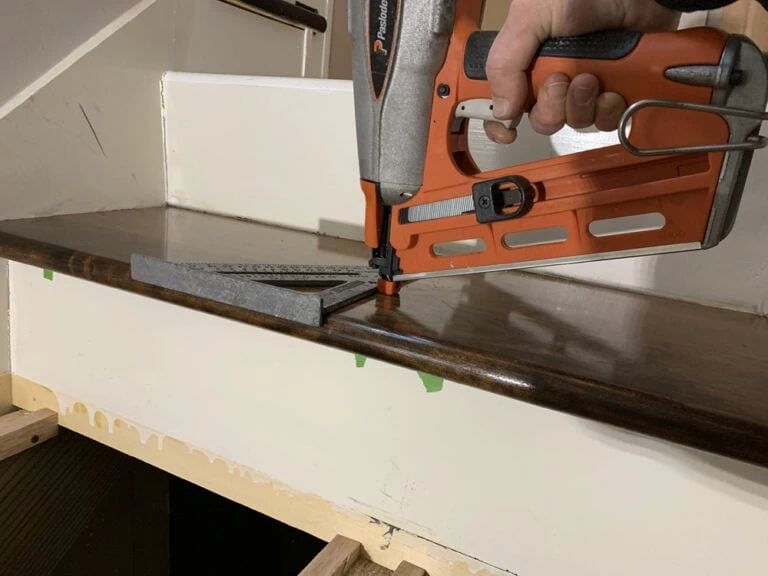
Our last blog post showed how to remove wooden stair treads. This post will show how to install the new treads, which were provided by L.J. Smith Stair Systems.






Armstrong-Clark’s deck and siding wood stain has nondrying conditioning oils that separate from the drying side of the formula. These oils penetrate deep into the deck or siding wood fiber where the wood’s natural oils used to be. This process rejuvenates the wood. The drying oils stay at the surface, lock in the conditioning oils […]
Read More >>